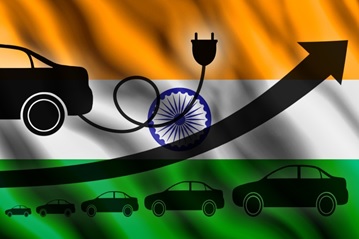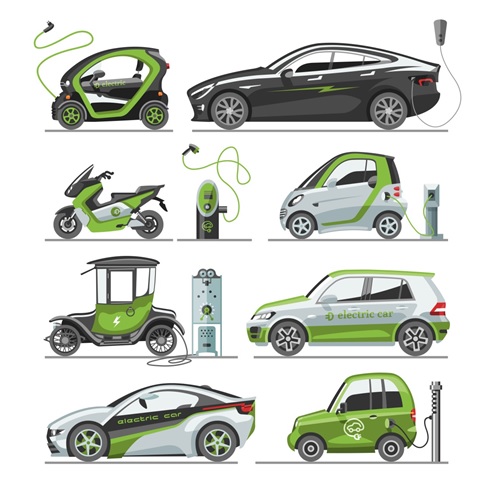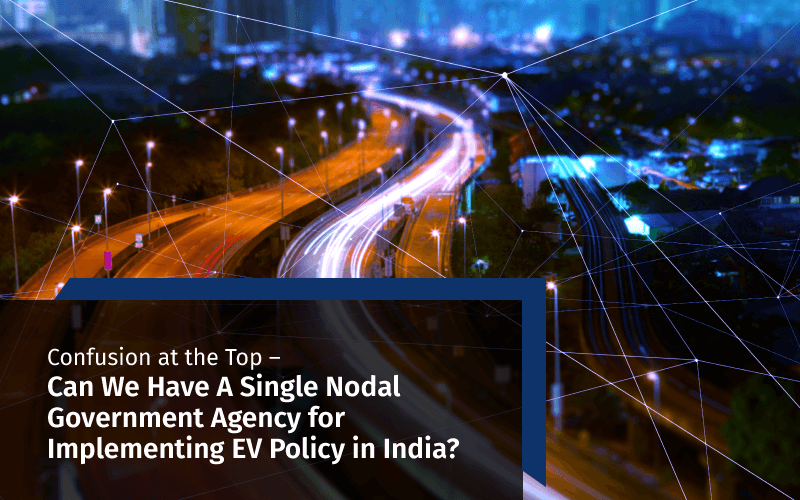We talked about how Prime Minister Narendra Modi is determined to shift car production in India from gasoline vehicles to electric vehicles by 2030, with the goal of cutting down India’s massive oil import bill.

However, while the Prime Minister is clear about what he wants, there is a lot of confusion at the top from various ministers and bureaucrats on India’s Electric Vehicle Policy.
Road and Transport Minister Nitin Gadkari is a very senior minister in PM Modi’s cabinet. He made a big statement when he told the Indian automobile lobby group, SIAM, on Sept. 07, “We should move towards alternative fuel…I am going to do this, whether you like it or not. And I am not going to ask you. I will bulldoze it.”
But he has since walked back on that and denied that the government would force any of the automobile companies to manufacture electric vehicles unless they wanted to. As of today there is no concrete plan to shift India’s automobile market from gasoline cars to electric vehicles.
A junior minister, Babul Supriyo, Minister of State for Heavy Industries and Public Enterprises said in a statement before the parliament, “There are, at present, no plans under consideration of the Department of Heavy Industry to make all vehicles in the country powered by electricity by 2030.”
Confused? We are not done yet.
The power minister RK Singh said that his ministry would release a set of guidelines for discoms (power distribution companies) and EV charging service providers soon.

Mr. Singh said, “We had set up a committee with the Central Electricity Authority. So, they had drawn up some (recommendations) which they will present to me…It’s almost ready. Within 20 days, I think I should be able to come out with both the policy as well as regulations.”
Then you have the NITI Aayog, which is the Indian government’s body in charge of policy formation, stepping in and releasing reports on the standards and policies related to the charging of electric vehicles.
NITI Aayog is headed by a team of highly placed bureaucrats. The NITI Aayog has come up with a detailed report on EV adoption and they say that it will take one to two years for the results to start showing.
The problem is, with so many voices speaking and so many ministries involved, nobody in the automobile industry really knows what the government truly wants to do with electric vehicles. There have been far too many U-turns and confused proclamations from various ministers and bureaucrats.
Lobby groups such as the Society of Manufacturers of Electric Vehicles (SMEV) have sought more clarity from the government. A senior SMEV member said, “We have sought a meeting with Anant Geete and Amitabh Kant in the coming week to understand the government’s position on electric vehicles. Globally, a policy direction has been given by governments in order to make these vehicles affordable and sustainable for customers.”
In particular, the industry wants clarity on the government subsidy for EV vehicles, how and when the subsidy will be given. They want the government to clarify its stand on whether the industry’s focus should be on electric vehicles or hybrid vehicles and whether the government would want all public transport buses to go electric.
Essentially, they want the government to clarify their mid-to-long term view on EV adoption. As a spokesman for Ford Motor India explained, “Taking electric vehicles from 0.1% to 100% is an arduous task, and require government commitment and clarity on the availability of charging infrastructure, investment and incentives guidelines and the role/stand of state governments on EVs v/s Hybrids & other technologies.”
Our suggestion is for the government to appoint a single nodal agency in charge of the formulation and implementation of India’s Electric Vehicle policy. This should comprise of officials from different ministries, but who should speak in a clear and unified voice.
We cannot have different ministries saying different things. India’s automobile industry employs millions of Indians and is far too important to be subject to the vagaries of the different ministers and bureaucrats within the government.
We do realize that India is a chaotic democracy, but really, it’s time to get serious about EV adoption – electric vehicles are critical to India’s future.

